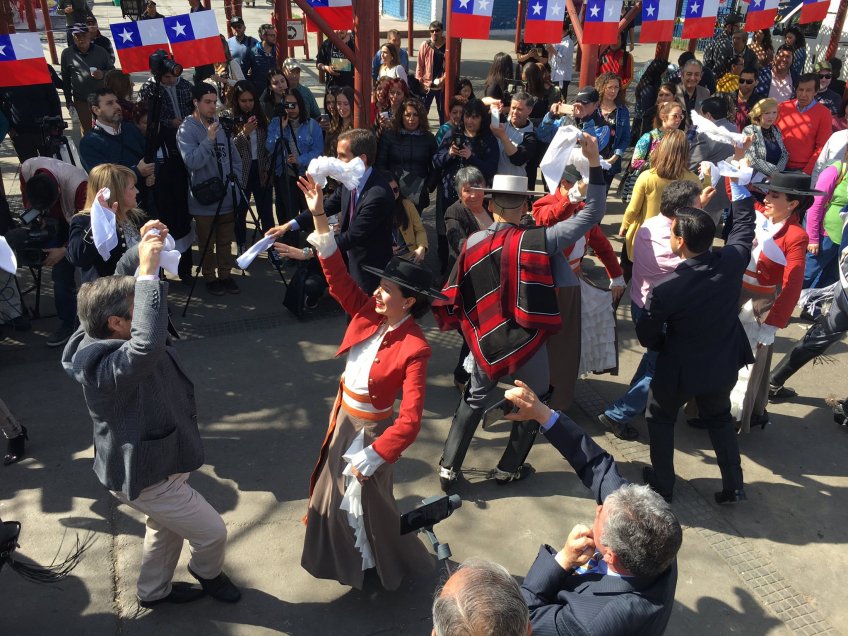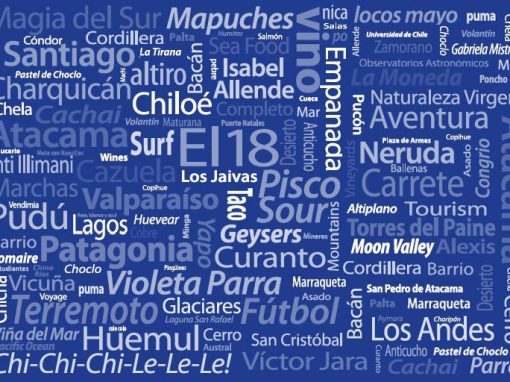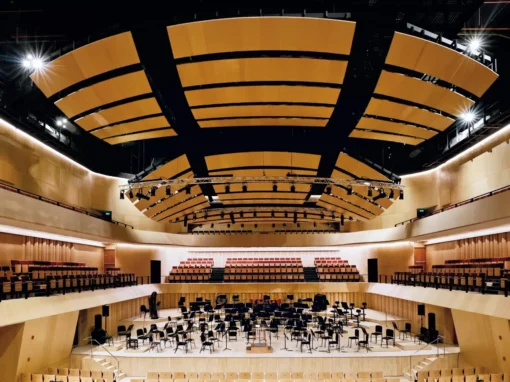By Ellie Greenwell for ContactChile
A national holiday means something different for everyone. For some it means enjoying a long weekend, for others it is a day of get together and celebrations. A day where you meet family and friends, enjoy delicious food and a night sky lit by fireworks.
In Chile, September 18th is such a day. September 18th is not just one day of celebrating, it’s a whole week! Or rather the whole September, to be honest. Chile really takes it up a notch.
The fiestas patrias evoke an emotion that units people, a patriotic feeling lies in the air and an unusual and contagious chilenidad spreads all over the country.
Weeks ahead of September 18th you can feel how the atmosphere is changing: People are happier and more relaxed. Typical music is played in shops and bars. Gigantic Chilean flags adorn the buildings and plazas. In taxis you suddenly feel like a statesman thanks to the small flags on both sides of the bonnet. The city plunges into a sea of red, white and blue.
To make your Diciocho an unforgettable experience, we have compiled a little guide for you.
The Fun of the Fonda
Fondas are the true highlight of dieciocho celebrations.
Here they meet, here they dance, here they celebrate. No matter which corner of the country you are in, you can rely on the local town or municipalidad to be hosting a fonda. (keep your eyes open for original Fonda names).
What is a fonda, you ask? Think of it as a super-Chilean carnival/fair/fête/event, where locals gather to celebrate. These are family-friendly events where young and old meet to eat, drink and celebrate (but ojo, they are often also a raucous affair!).
Live music will be played, and you will certainly get to see traditional Cueca, Chile’s national dance. The women are wearing wonderfully swinging, floral, knee-length dresses reminiscent of the 60s and the men shiny black boots with spurs, hat and poncho. The first minutes of the dance remind with its clapping of the Spanish Flamenco. Then the dance enchants with graceful turns, fast steps and the continuous turning of the handkerchief, which both dance partners hold in their right hand and underline their charming movements. Flirtation in white red and blue, with star in the eye.
The cheerful music of the guitarists is infectious.
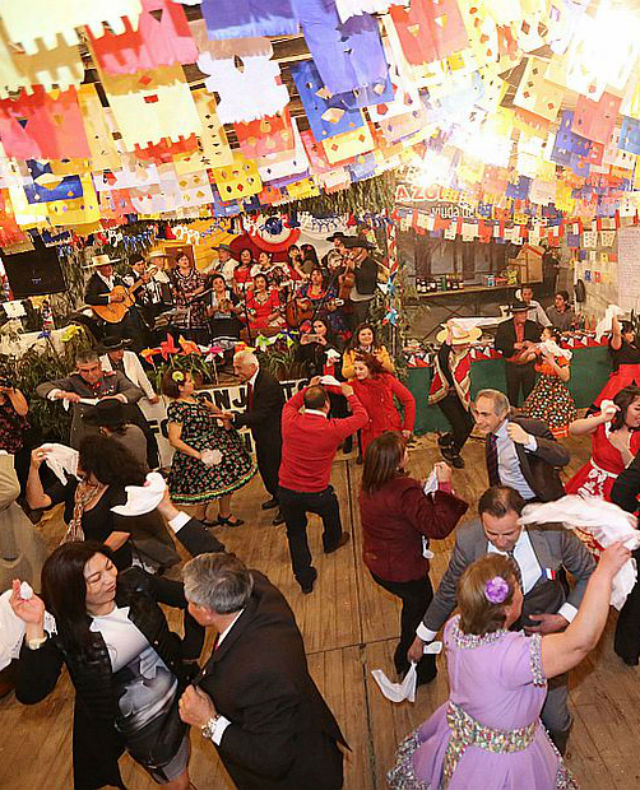
Photo: La Hora
You typically dance three piezas de cueca, three songs. And after that you certainly feel hungry , so let’s talk about food: Fondas are the best place to sample Chilean specialities such as choripan (marraqueta bread with grilled chorizo sausages), anticucho (grilled skewers of meat), complex (Chilean hot dog), asado (grilled meat of all kinds) and of course empanadas in various flavours. The offer is extensive. Let your nose guide you!
It can be difficult for vegetarians or vegans to find something to eat on a classic Fonda. However, Chile’s growing vegetarian scene has led to veggie/vegan fondas becoming a popular alternative in recent years – like those at Centro El Cerro (Bombero Núñez 231).
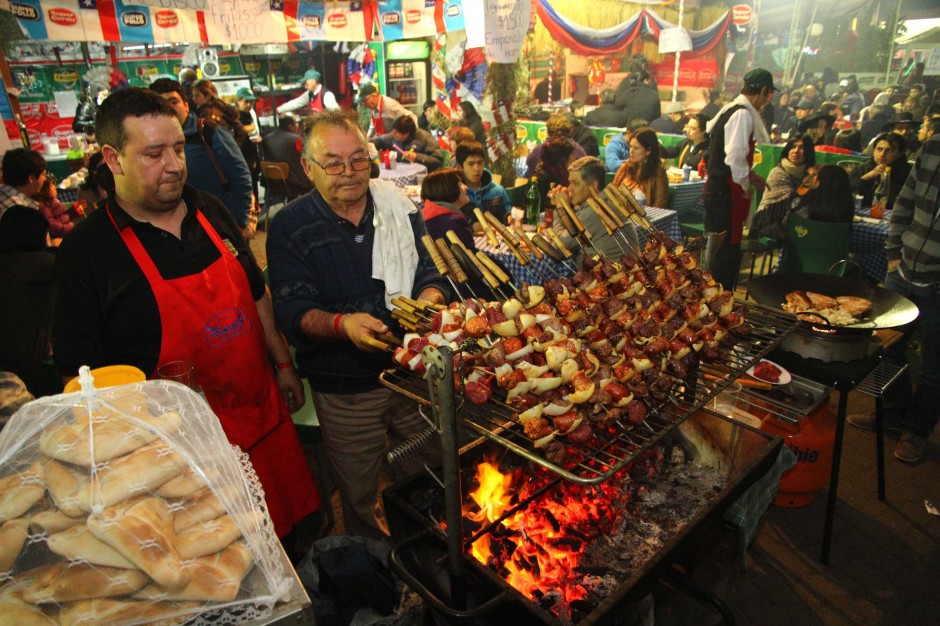
Photo: RadioOrienteFM
“Me gusta el vino, porque el vino es bueno, pero cuando el agua, brota pura y cristalina, de la madre tierra…
más me gusta el vino”
ME GUSTA EL VINO – TITO FERNÁNDEZ
You can’t leave a Fonda without tasting a classic Terremoto (earthquake), a combination of Chicha (a kind of fermented wine), grenadine juice and pineapple ice cream – all coming together to create a sweet, creamy, bubblegum-pink drink that looks a lot more innocent than it really is. Remember, the name is terremoto – don’t be surprised if after a couple of these the ground starts to move beneath you!
Fonda is not equal Fonda
If you are celebrating Dieciocho in Santiago the biggest and most famous Fonda is the one in Parque O’Higgins (right off subway line 2). You’ll be in the middle of an adventure, celebrating a colorful, loud and unique Fonda with Chileans from all over Santiago. If it is your first Dieciocho, a word of warning: protect your belongings from pickpockets (like at any folk festival) and go home by taxi.
An excellent alternative are the fondas in the eastern part of Santiago. In Las Condes for example the Fonda des Parque Araucano or in La Reina the Fonda des Parque Alberto Hurtado if you want to experience the Dieciocho in a more quiet and cultivated environment. You will find a pleasant, familiar atmosphere here, with live music and delicious typical food. Admire the local craftsmanship or try your luck at one of the entertaining skill games. Traditional Cueca will be danced all night long, of course.
La Pampilla: big, bigger, biggest!
You know what a fonda is, now take that concept and multiply it by 1000 — that’s La Pampilla. It is the largest fonda in the country, takes place in Coquimbo in the Little North of Chile and attracts over 450,000 celebrants every year. This huge festival attracts some of Chile’s most important artists to its main stage and turns the 7-day national celebration into an unforgettable event.
The festival area of La Pampilla is open 24-hours and its entrance costs only 1,500 pesos. As at every festival there is a fair with rides and uncountable food stalls. Take your pick of terremoto (traditional, with mint taste or maybe blue? ).
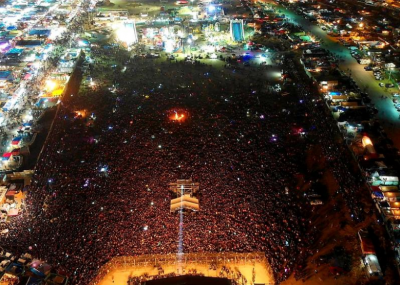
Photo: El Dinamo
Preparation
Wherever you’re heading for the long weekend, preparation is vital. For many Chileans the Fiestas Patrias are their highlight of the year. They take the fiestas patrias very seriously, and most Santiaguinos will be heading out of the city to visit family members in other parts of Chile. If you’re planning a getaway, make sure to book your bus or plane ticket, as well as accommodation, well in advance.
Expect to see crowds fill up popular coastal towns if you’re heading to the beach. If you’re staying in Santiago, it might feel like a ghost town compared to the usual hustle and bustle, which just as well can be very pleasant. However, thanks to the numerous events you won’t get bored here either.
However you plan to spend the weekend of September 18th, it’s impossible not to get caught up in the festivities. So let yourself be carried away by the contagious chilenidad, grab a terremoto, put your cueca shoes on and enjoy the fiestas!
Have fun!
